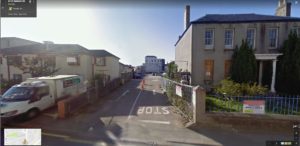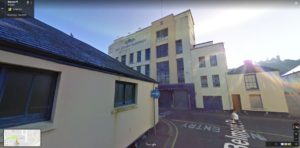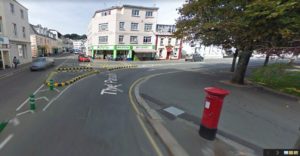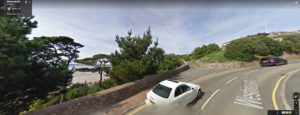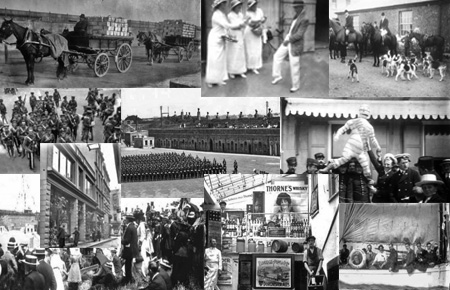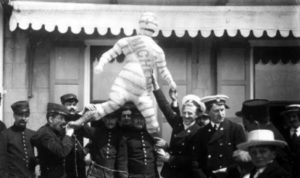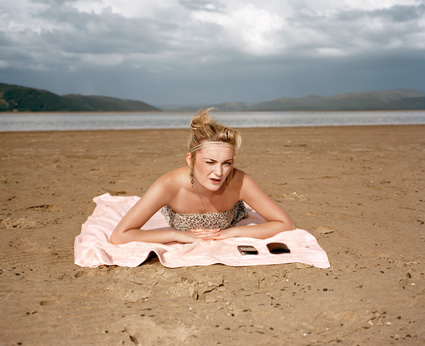Shoot inspiration:
First idea:This is the conceptual idea of architecture within new and old buildings.This symbolises movement and clutter,and how the secrets within St Helier and the hidden past lives,this is a basement of a building and you cannot tell weather it is older or modern,I’m concentrated to find movement and areas to which creates an interesting composition in an area we generally would not view or something we would not typically want to see within a building.
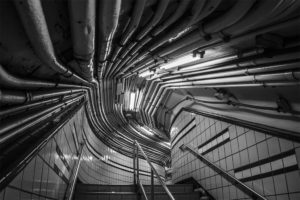 Idea 2:forming old and new buildings collaged into one image,for this I will connect my second photoshoot of modern buildings not in my given section and combine with older more historically significant architecture. This old and new vs development can present the beauty on both sides but also the inner most need for a revamp and mordenistaion on the insides of buildings. I can use collage,reflection or editing techniques in order to successfully accomplish this.
Idea 2:forming old and new buildings collaged into one image,for this I will connect my second photoshoot of modern buildings not in my given section and combine with older more historically significant architecture. This old and new vs development can present the beauty on both sides but also the inner most need for a revamp and mordenistaion on the insides of buildings. I can use collage,reflection or editing techniques in order to successfully accomplish this.
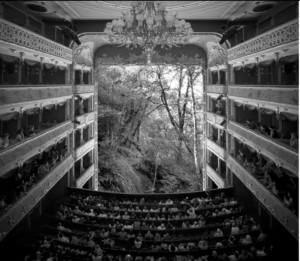
Idea three: capturing modern or iconic buildings in a futuristic light.These alternative abstract visions could be perceived as wrong and dynamic,It shows a movement and a light of the people living wihtin that area that is important for the buildings themselves. To me this is like cpaturing a texture of a place by the radiance it gives.
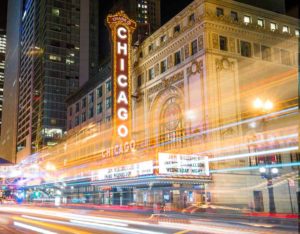
urban landscapes;Although so far I have been focused on showing how St helier’s need to be more modern,in the area I have been given it is very desolet and does not have any futuristic aims surrounding it,because of this is will highlight this decay as an urge for change and also present the theme urban as a type of gentrification and derelication,and how there is a strong juxtapostion and contrast between different areas of st helier itself. I will also try and cpature living situations and poeple and their personalities and persona they have from living wihtin that area.
Artist:Tanja Deman Fernweh
Fernweh has said that “anja Deman’s art is inspired by her interest in the perception of space and her relationship to nature.
Tanja’s works, incorporating photography, collage, video and public art, are evocative meditations on urban space and landscape. Observing recently built legacy or natural sites her work investigates the sociology of space and reflects dynamics hidden under the surface of both the built and natural environment.’
I have a keen interest within her physical and emotional perspectives of a specific location and her own personal perceptions applied to an area,And her views of ,spaces, architectures, geological formations and sites. she also incorporates photography with collage which is an idea that as said previsouly I am highly interested within. Deman’s works spends not just from the camera but also sociological research and human observations wihtin a specific location. Her images are said to ‘reflect upon the dynamics hidden beneath the surface of built and natural environments
Analysis of one of her images:
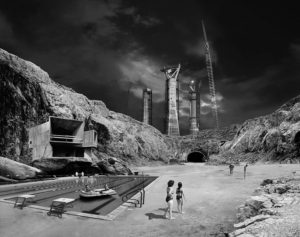
I was inspired by this image due to the way she captured the atmosphere of the location and also the emotion and persona of the people living among the area itself. The colours of the piece are very dark and concentrated on tonal shades, it presents a juxtaposition of dereliction and how the pool is a form of modernisation but does not accomplish a sense of community and the large architectural conceptual states still hold all the attention from the people itself. The more urban nature concentrated area is too unique as this is conceptually done to prensts the human influence people have and ability to change an area that once had nothing there.I want to use all her different themes and aims within my work, of collage, tonal work and the presentations of different circumstances of nature and humans all in one photo.




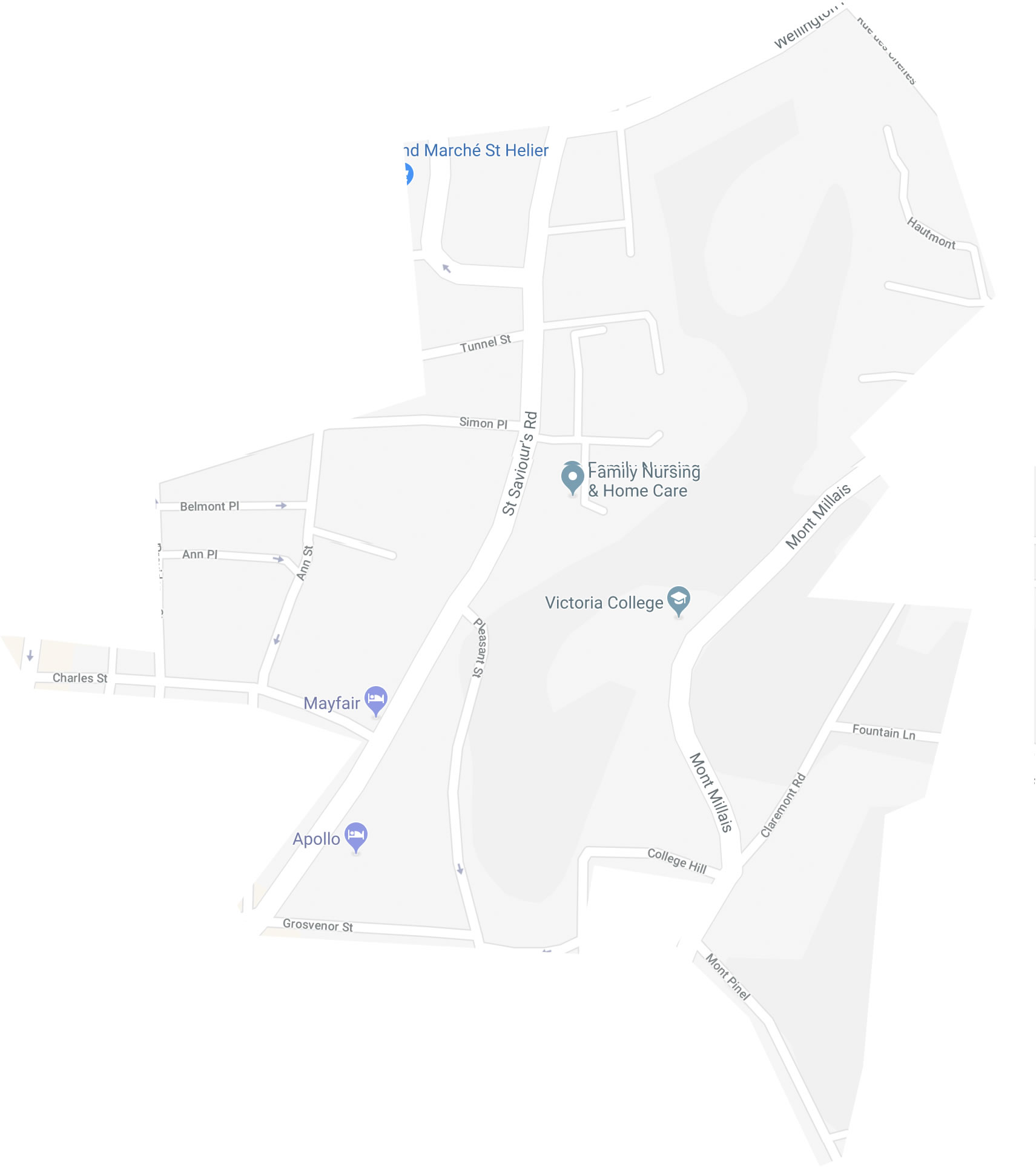
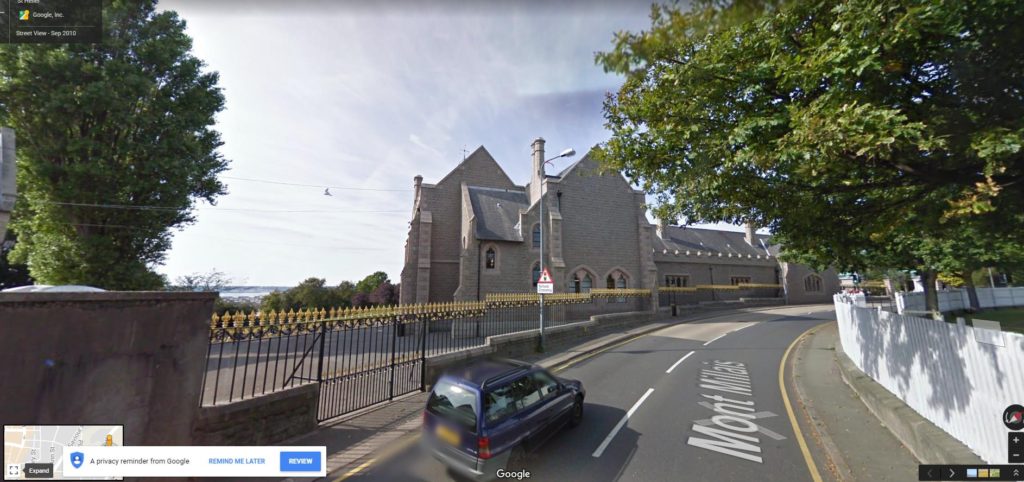

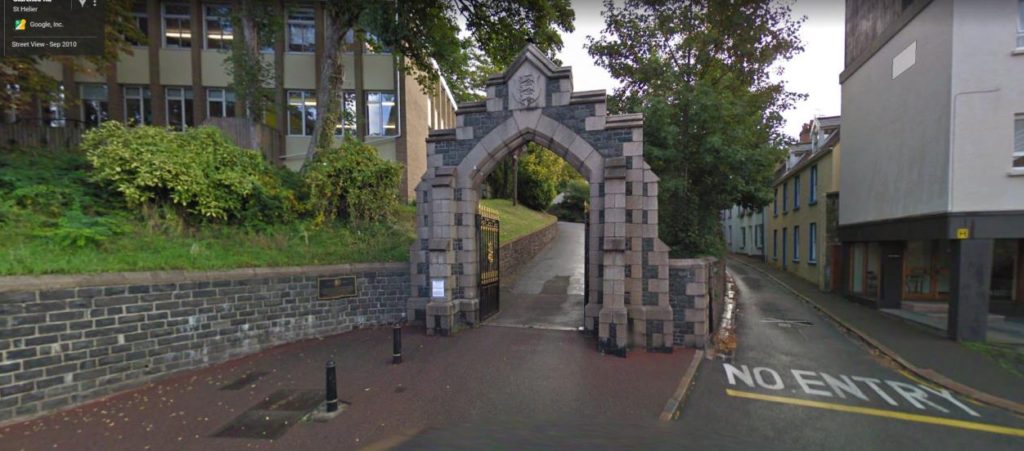
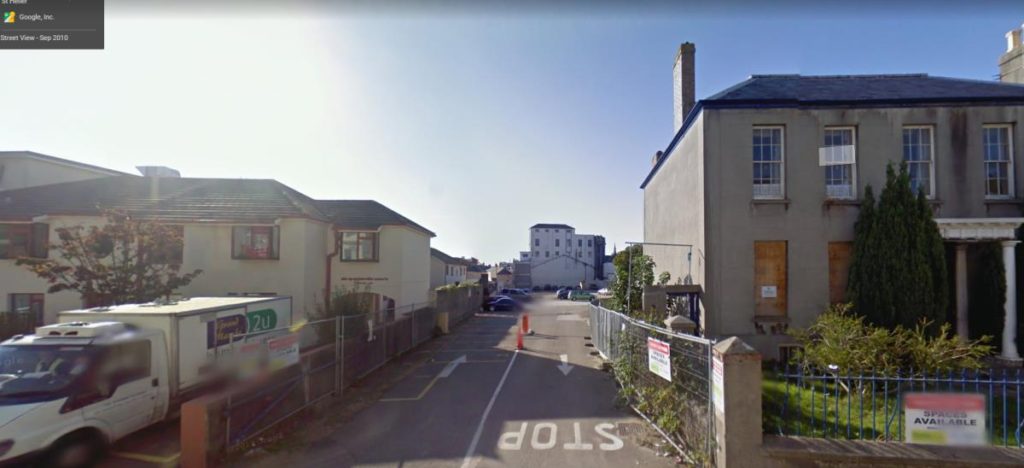
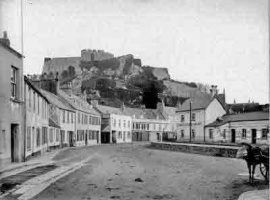




/arc-anglerfish-arc2-prod-jerseyeveningpost-mna.s3.amazonaws.com/public/F4MJX5P3TVHSBMYL7ZBG3INPHY.jpg)
 There is a current MasterPlan for the Northside of the town to be re-developed to make the area more appealing and up to date with the current economy, this can be seen in the link below:
There is a current MasterPlan for the Northside of the town to be re-developed to make the area more appealing and up to date with the current economy, this can be seen in the link below: 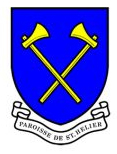 St Helier consists of 33,500 people, roughly 34.2% of the total population of Jersey whilst being the capital of the island, with a reclaimed area from the sea being 494 acres. The mostly urban area includes much of the activities available for people, with a quickly growing finance sector taking up a 44% growth in 2017, thousands of jobs are becoming accessible to more and more people, making it a vital part of Jersey’s future development.
St Helier consists of 33,500 people, roughly 34.2% of the total population of Jersey whilst being the capital of the island, with a reclaimed area from the sea being 494 acres. The mostly urban area includes much of the activities available for people, with a quickly growing finance sector taking up a 44% growth in 2017, thousands of jobs are becoming accessible to more and more people, making it a vital part of Jersey’s future development. At the moment St Helier is the center of Jersey’s activities regarding tourism, finance and leisure which is evident through cinemas, operas, beaches, finance buildings etc. However I think that we need to see a greater development in the progress of the style of buildings, for example an increase in higher rising, more modern looking buildings would allow for more space for other areas to really develop such as cafes and shops due to a greater space, whilst at the same time creating an impression of a town borderline city feel. However I do feel like there is a lack of community within St Helier that can be seen in areas like Cheap Side, as I don’t think there is enough events and areas that would support this and bring the community closer as a whole, to do this cultural festivities could be introduced that would allow for this support whilst being an introduction for many people into a small insight to other ethnicity’s culture. I found that St Helier had a rather weird contrast between buildings, with many portraying an old style of architecture whilst others inhabited a more modern approach. This in my opinion is stopping the town from becoming attractive to those who live in it, as there seems to be no real structure or design to the area, rather just different designs dotting up around the place.
At the moment St Helier is the center of Jersey’s activities regarding tourism, finance and leisure which is evident through cinemas, operas, beaches, finance buildings etc. However I think that we need to see a greater development in the progress of the style of buildings, for example an increase in higher rising, more modern looking buildings would allow for more space for other areas to really develop such as cafes and shops due to a greater space, whilst at the same time creating an impression of a town borderline city feel. However I do feel like there is a lack of community within St Helier that can be seen in areas like Cheap Side, as I don’t think there is enough events and areas that would support this and bring the community closer as a whole, to do this cultural festivities could be introduced that would allow for this support whilst being an introduction for many people into a small insight to other ethnicity’s culture. I found that St Helier had a rather weird contrast between buildings, with many portraying an old style of architecture whilst others inhabited a more modern approach. This in my opinion is stopping the town from becoming attractive to those who live in it, as there seems to be no real structure or design to the area, rather just different designs dotting up around the place.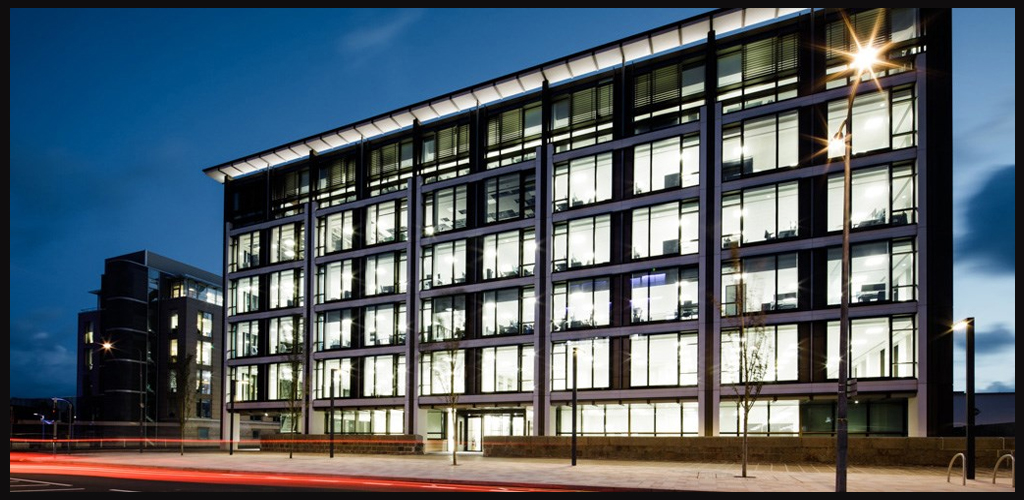
 For my shoot I would like to focus on the modernization of areas within Jersey, and the forms that they take up in comparison to the maybe more derelict areas. I think this stark comparison would allow for more abstract photography which would emphasize the differences between the modern and the old.
For my shoot I would like to focus on the modernization of areas within Jersey, and the forms that they take up in comparison to the maybe more derelict areas. I think this stark comparison would allow for more abstract photography which would emphasize the differences between the modern and the old.
